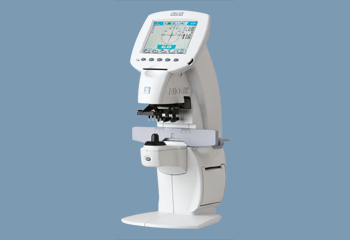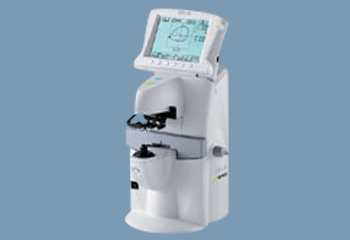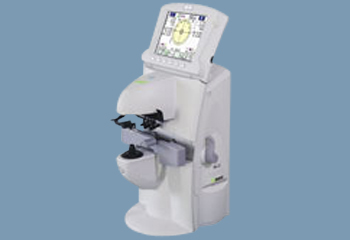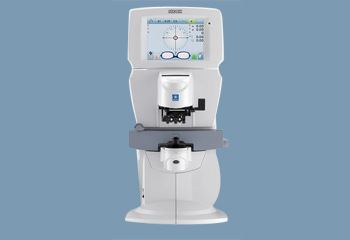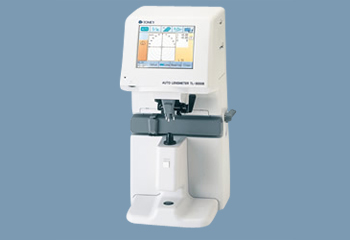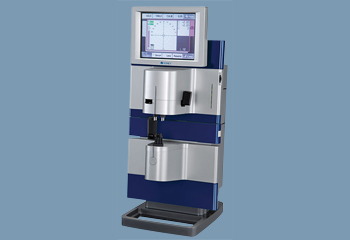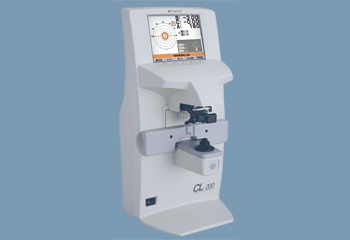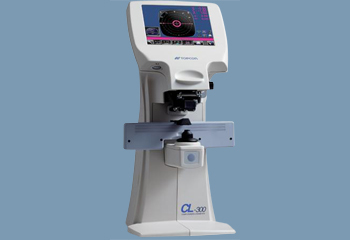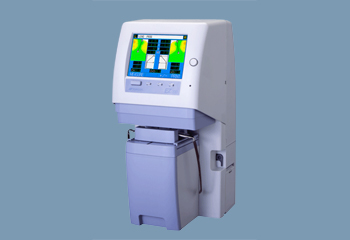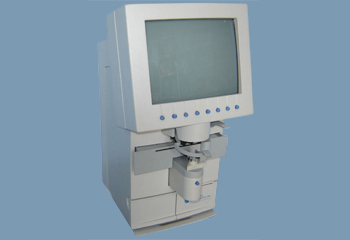Lensmeters, also commonly referred to as lensometers, focimeters, or vertometers, are used to determine the strength of a patient’s current prescription. This is especially helpful when working with new patients who may have forgone eye exams for long periods of time. Lensmeters give ophthalmologists a starting point and reduce the required exam time.
Lensmeters can also be used to ensure lenses are mounting accurately in their frames, and they can assist with marking and orienting uncut glass. Essentially, they play a critical role in ensuring the proper performance of prescribed lenses.
How lensmeters work
Lensmeters use the following parameters to assess lens effectiveness and strength – add, axis, cylinder, prism, and sphere. They neutralize the power of the lens to display the prescription. They do this with a telescope, which finds the neutralization point. In more technical terms, the lensmeter takes the distance measurement from the back vertex power and the add measurement from the front vertex power. Then it takes the prism measurement from the target pattern’s displacement.
The results are assessed by the lensmeter, and the doctor is then able to move forward with a further examination or recommendation.
Benefits of lensmeters
Lensmeters are usually easy to use and print out measurement data as soon as the analysis is finished. They’re fast and accurate.
Lensmeters also eliminate the possibility of human error, which means doctors won’t need to take measurements repeatedly to make a valid assessment.
Lensmeters are an essential piece of equipment for any ophthalmology practice, regardless of size, tenure, or specialty.


